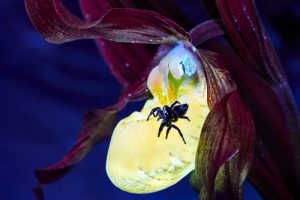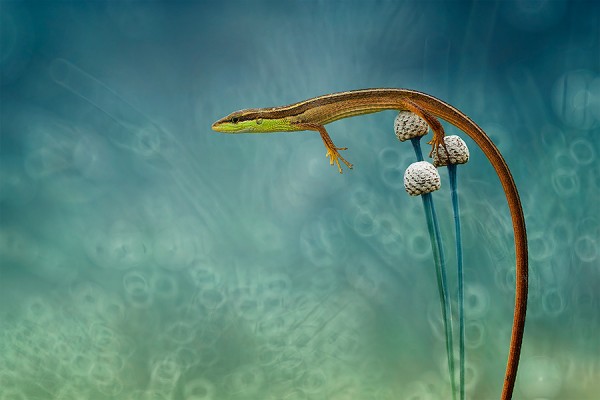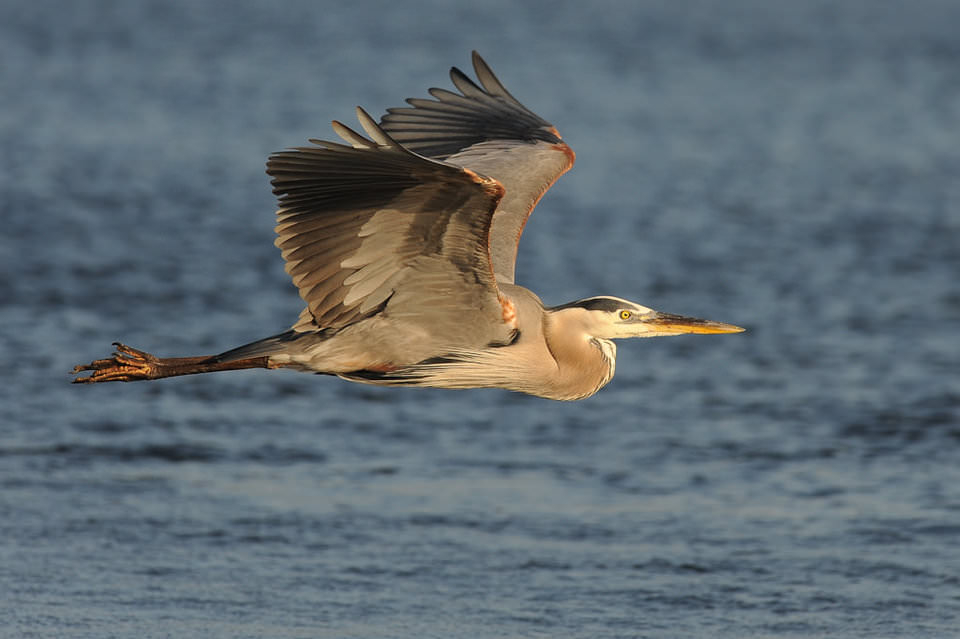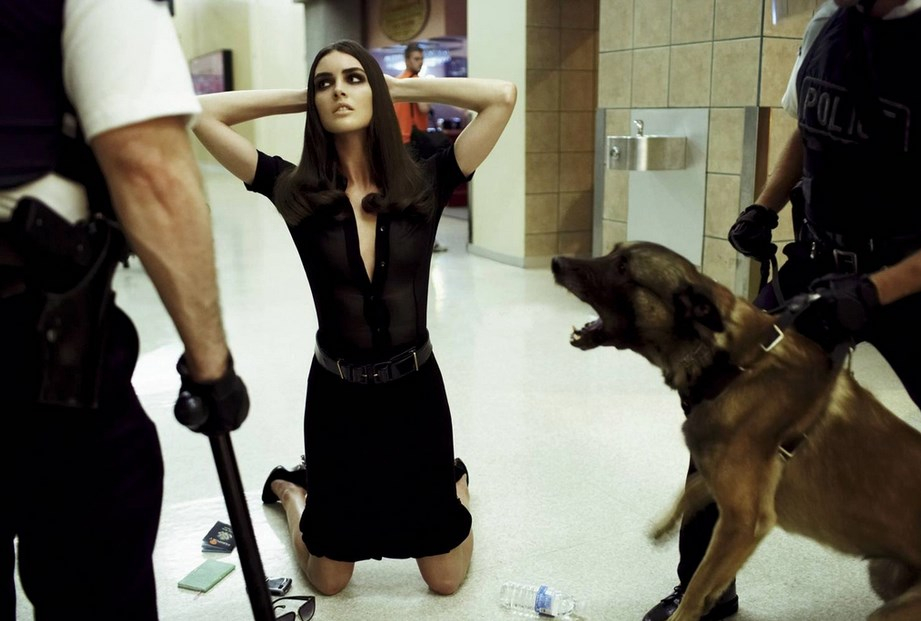UV PHOTOGRAPHY – WHAT IS IT AND HOW TO DO?
 Ultraviolet photography is a genre that photographers use relatively little, despite the fact that the pictures are exciting and extraordinary. Why is this happening? We dare to assume that simply photographers unfamiliar with the intricacies of the process are scared in advance of the difficulties and the need for additional investments in equipment for ultraviolet photography. But in vain! Canadian macro photographer © Don Komarechka not only studies UV photography for himself, but also enthusiastically shares his knowledge with everyone who is interested.
Ultraviolet photography is a genre that photographers use relatively little, despite the fact that the pictures are exciting and extraordinary. Why is this happening? We dare to assume that simply photographers unfamiliar with the intricacies of the process are scared in advance of the difficulties and the need for additional investments in equipment for ultraviolet photography. But in vain! Canadian macro photographer © Don Komarechka not only studies UV photography for himself, but also enthusiastically shares his knowledge with everyone who is interested.
Most UV photography revolves around a world that we usually don’t notice because of its routine. Trying to look at simple objects through an “invisible prism” helps to get beautiful images – new and unusually entertaining with their outlandishness. Using UV light that is out of the range of human perception is a great way to start research and enter the world of ultraviolet photography.
There are two types of ultraviolet photography – UV reflection and UV fluorescence. When shooting with the ultraviolet reflection method, a source is used that contains ultraviolet light (for example, the sun or a full-spectrum light source). In this case, the ultraviolet is collected and gets on the camera sensor. To make this possible, a camera modification is required, similar to that used for infrared photography, only at the other end of the spectrum.
When shooting by UV reflection in photographs, you can get patterns hidden on flowers that only insects can see. For example, in the form of spectacular “landing strips” of pollen to attract pollinators.
photographer Don Komarechka
See how photographs taken in the usual way and using UV reflection are different. The lower part is visible light, and the infrared image of the same gerbera flower is on top. Although the usual monochrome image is certainly interesting, the fluorescence of the flower (close-up) turned the picture into a magical one for perception.
photographer Don Komarechka
UV fluorescence does not require camera modification. You just need to pay close attention to ensure that only the UV beam hits the object. If something in the frame fluoresces, the visible light will “bounce” back to the camera.
An interesting observation: almost everything in nature fluoresces to one degree or another. You may have heard of insects that glow under ultraviolet light. But if you provide enough light only for the UV beam, then everything can “light up”. In this method, the key factor is the intensity of the light flux. And it should be clean, “since even a partial hit of the visible spectrum in the lens will pollute the results.
how to take an ultraviolet photo
This is what the UV setting looks like. Each of these on-camera Yongnuo 685 flashes has been modified to exclusively output ultraviolet radiation, and this process took only about five minutes.
ATTENTION! A flash is a high-voltage equipment that you open at your own risk. You can cause serious injury or personal injury if the flash is not discharged and you touch parts that cannot be touched. If you do not have experience in handling such electrical equipment, entrust it to a professional.
Remove the two pieces of plastic that are in front of the xenon flash. They control a beam of light, but also block UV radiation.
There are two screws and several clips under the rubber inserts on the sides of the flash. After you remove them and the flash is reassembled, you will need to filter the light to UV radiation. Use a combination of two 77mm filters and get amazing results.
For example, each of the two Hoya U340 and MidOpt BP365 filters produces very little visible light leakage; one is red, the other is purple. Together they overlap and block the waves of the visible spectrum.
Some flowers or insects are completely uninteresting as subjects, since they do not fluoresce too much compared to others. It is important to note that no one will ever be able to see the world as it will turn out in ultraviolet photographs – this requires that all visible light be filtered out, which cannot be in nature.
photographer Don Komarechka
Insects can reflect UV radiation. For example, like this cicada. But when you photograph the same cicada in a dark room and cut off the entire visible spectrum of light, the transparent wings will shine with fantastic blue.
.The same will happen with some species of dragonflies, although most insects with smaller wing sizes are unlikely to turn out so fabulous in photographs. The key to UV photography is continuous experimentation. And this should be remembered!




